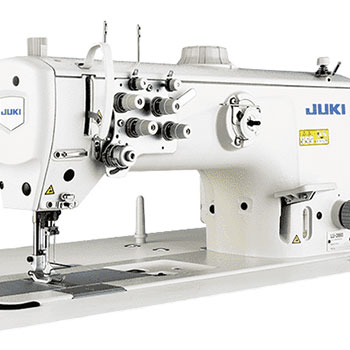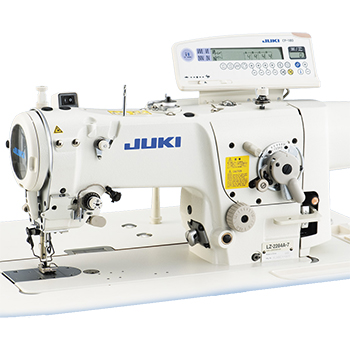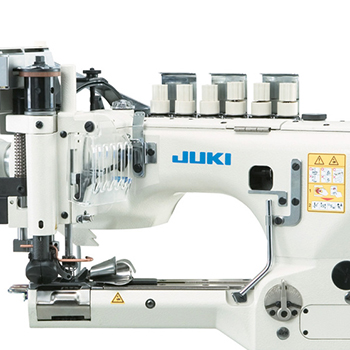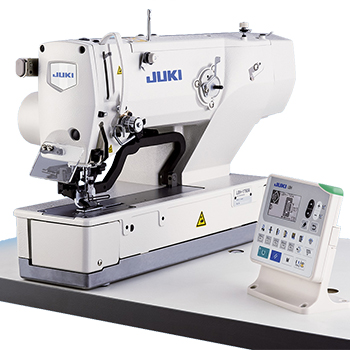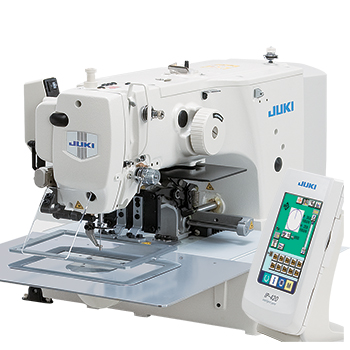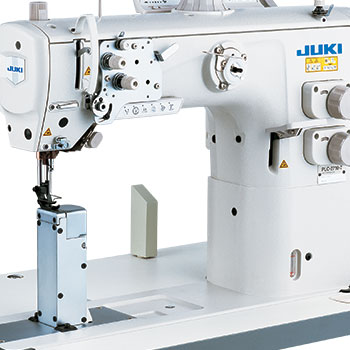Juki - Industrial Sewing Machines
Industrial sewing machines are available in a number of forms: flat table machines, pillar machines, plinth machines, block moulding machines, right-arm free arm machines and feed-off-the-arm machines.
With us you will find 1-needle industrial sewing machines, 2-needle industrial sewing machines, multi-needle industrial sewing machines, overlocks, double caps, chain machines, cover seam machines, peddling machines and fur sewing machines for men's and women's clothing, furniture, bed, car interiors, awnings, tents, chapels, wallpaperers, tailors, filters, curtains, shoes, lampshades, belt making, saddlery and orthopaedics.
Stitch types
Industrial sewing machines are available with a variety of stitch types, the most common are chain fabrics, shuttle fabrics and overlock fabrics. Shuttle stitches, stitch type 301, are probably the most common stitch type. It gives a seam that is referred to in daily terms as straight stitching, ordinary seam or shuttle seam. Some of the reasons why the area of use is so large for the shuttle seam machines are:
- That the stitch is returnable (front and back) and looks the same from both sides (provided that the stitching is done correctly)
- That it produces the densest stitching. This causes the seam to have minimal gap when the fabric parts are pulled apart
- That it has the lowest wire consumption
- That it gives a comfortable "grip" and feels even to the touch
- That shuttle seam machines generally have lower investment costs than machines with other stitch types
- That the shuttle seam machine has a wide range of applications and can therefore be used in a large number of sewing operations
Main class and subclass
It is important to find the right machine for their production to achieve the best results. To identify the sewing machine in terms of design and use, class designations are used divided into main class and subclass.
The following criteria determine the division into main classes:
- Stitch type
- Needle count
- Transport system (e.g. underfeeding, overfeeding, needle feeding, alternating feed, needle and alternating feed or puller feed)
- Grapple system
- Building form
The following criteria determine the breakdown into subclasses:
- Sewing equipment
- Stitch length, maximum
- Edge cutting device
- Grapple size (only for machines with stitch class 300)
- Aid


